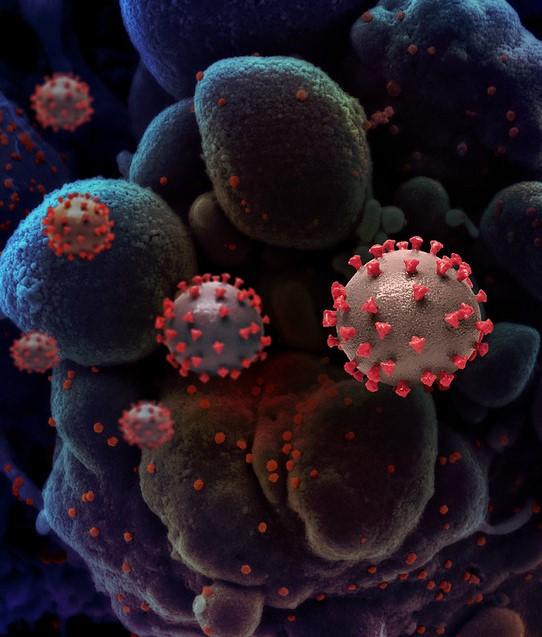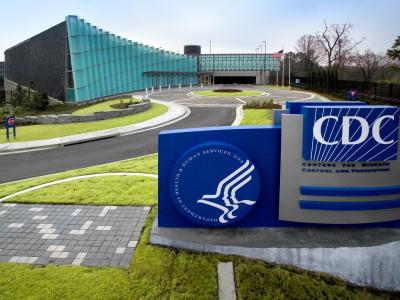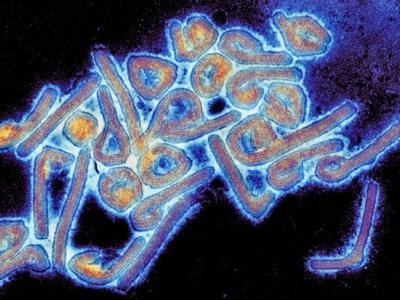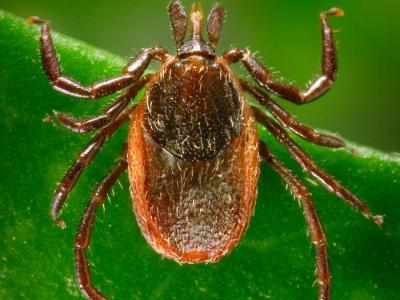Two new studies involving evolutionary genomics, computer simulations, and travel records from the COVID-19 pandemic suggest that inadequate travel monitoring, contact tracing, and community surveillance allowed the novel coronavirus to spread unchecked to and throughout North America and Europe in late January or early February.
The studies, published late last week in Science, traced the United States' COVID-19 outbreak to a traveler who flew from China to Seattle in late January or early February, seeding the nation's first outbreak, which then went undetected for 3 to 6 weeks.
Undetected, unchecked
The first study, led by University of Washington researchers in Seattle, involved genomic analysis of 453 SARS-CoV-2 viruses, which cause COVID-19, collected from the Washington state outbreak from Feb 20 to Mar 15 and coronavirus testing of more than 10,000 respiratory specimens collected as part of the Seattle Flu Study from Jan 1 to Mar 15.
Finding that 84% of the virus genomes in Washington state were closely related and derived from a variant of the virus from Wuhan, China, the researchers concluded that the source of the outbreak probably was a traveler who flew from China to Seattle between Jan 22 and Feb 10.
The first confirmed US coronavirus case was identified on Jan 19 in a traveler, designated as "WA1," who returned to Seattle on Jan 15 from Wuhan. The traveler's virus genome was similar to others involved in the Washington state outbreak but different enough to make it unlikely that he or she was the source of the outbreak.
COVID-19 spread undetected in Washington state until Feb 28, after US Centers for Disease Control and Prevention testing criteria were broadened to include nontravelers, which the authors said highlights the importance of continuing widespread community surveillance even after an outbreak is controlled. "We see the combination of community surveillance, genomic analysis and public real-time sharing of results as empowering new systems for infectious disease surveillance," they wrote.
Within a month, the state had reported 2,580 cases and 132 deaths, the result of both increased testing and community transmission.
The genomic sequences of most coronavirus samples collected from New York and Connecticut were different from those found in Washington state and similar to those from Europe, the researchers said. Virus samples from earlier in the pandemic and other locations will be needed to pinpoint the specific date and geographic origin of the introduction of the virus in Washington state, they said.
Too little, too late
The second study consisted of computer simulations of epidemic epidemiology and analysis of 1,000 SARS-CoV-2 genomes from around the world. Its reconstruction of coronavirus transmission in Washington state suggests that public health officials acted quickly to quash the outbreak after identification of the Jan 19 case, which bought them some time to prepare for community transmission.
Likewise, the authors credited quick responses to earlier virus introductions in Germany for relatively successful initial disease suppression.
But US officials' failure to closely monitor travelers returning from China in late January or early February—when contact tracing and case isolation might have been most effective—may have led to multiple introductions of COVID-19 in both Washington and California, the authors said. The United States banned incoming flights from China on Feb 2.
The researchers studied the first confirmed COVID-19 case in Europe, involving an auto supplier visiting the company's headquarters in Bavaria, Germany, from Shanghai, China, on Jan 20, suspected to be the origin of the massive outbreak in Lombardy, Italy. But they found no such connection; rather, a simulation showed that the virus likely spread directly from China to Germany and Italy and that multiple travelers from Italy brought the virus to New York City.
Lead author Michael Worobey, PhD, of the University of Arizona at Tucson, said in a university press release said that the very detailed computer simulations enabled researchers to ask questions about the pandemic's behavior.
"In the Washington case, we can ask, 'What if that patient WA1 who arrived in the U.S. on Jan. 15 really did start that outbreak?' Well, if he did, and you re-run that epidemic over and over and over, and then sample infected patients from that epidemic and evolve the virus in that way, do you get a pattern that looks like what we see in reality? And the answer was no," he said. "If you seed that early Italian outbreak with the one in Germany, do you see the pattern that you get in the evolutionary data? And the answer, again, is no."
Study findings also ruled out the theory that the virus spread to British Columbia before spreading south to Washington state, the authors said. While viral variants from Washington state appeared similar to those from British Columbia, they did not match.
Today, many identical COVID-19 genomes are spreading quickly because SARS-CoV-2 mutates more slowly than it spreads.
"This genetic similarity places limitations on some inferences such as calculating the ratio of imported cases to local transmissions in a given area," the authors wrote. "Yet we have shown that, precisely because of this slow rate, when as little as one mutation separates viruses, this difference can provide enough information for hypothesis testing when appropriate methods are employed."
The study findings underscore the value of implementing intensive, community-level respiratory virus surveillance, like that of the Seattle Flu Study, before a pandemic, the authors said. "Our research shows that when you do early intervention and detection well, it can have a massive impact, both on preventing pandemics and controlling them once they progress," Worobey said.
"While the epidemic eventually slipped through, there were early victories that show us the way forward: Comprehensive testing and case identification are powerful weapons."






















